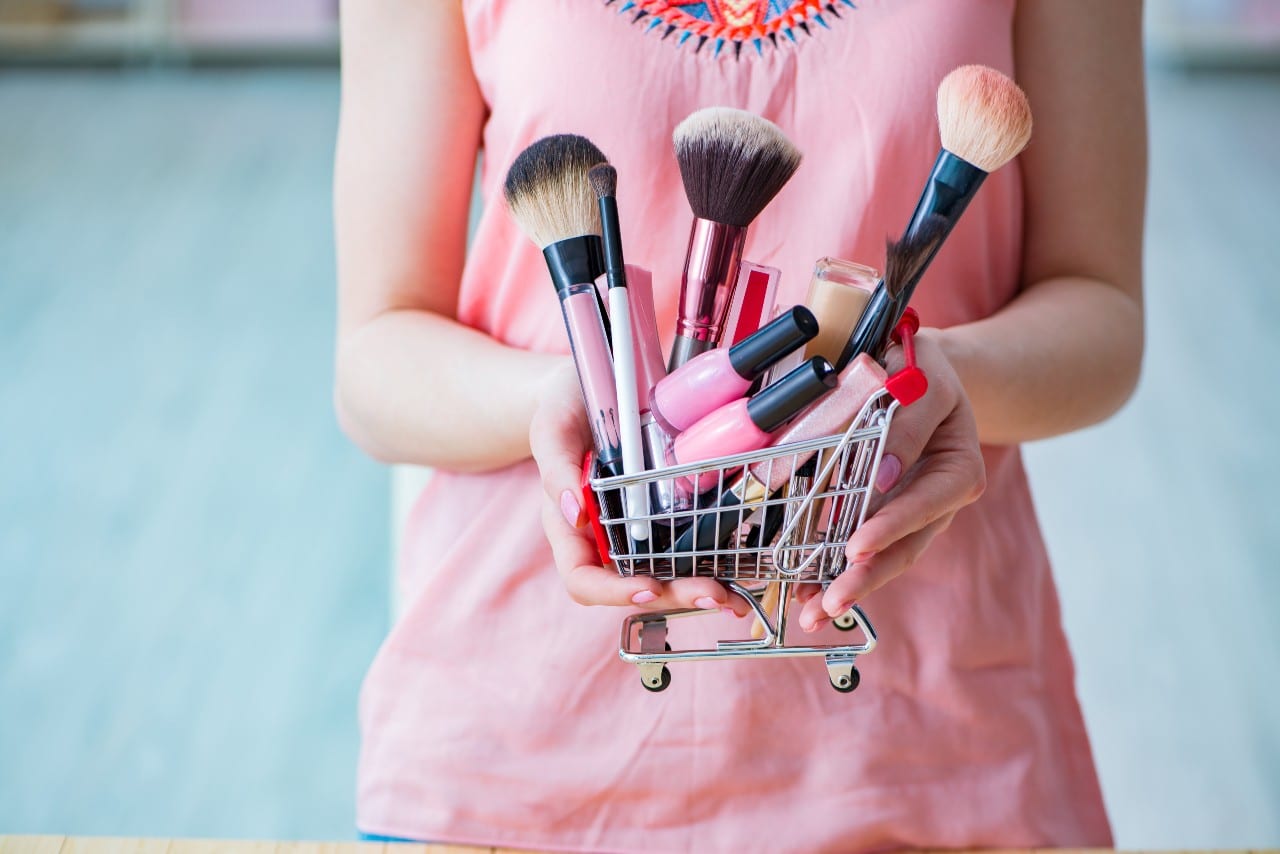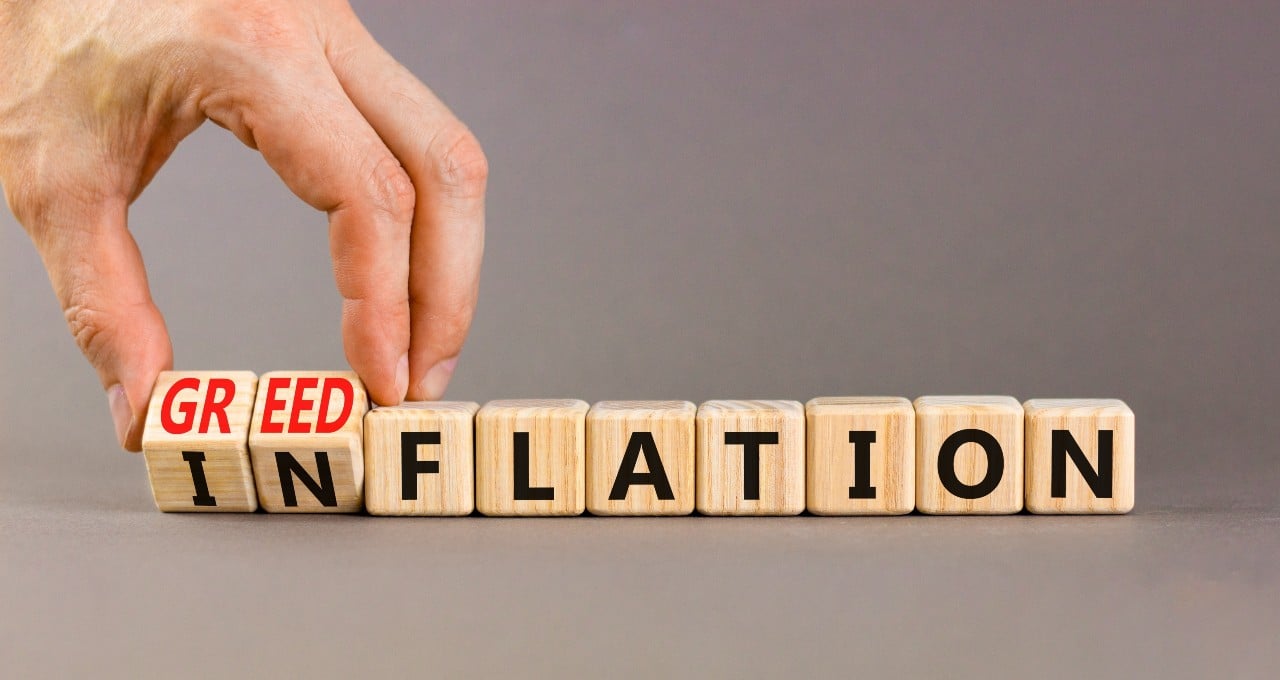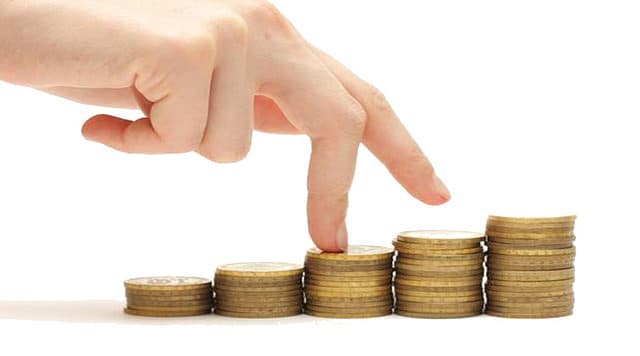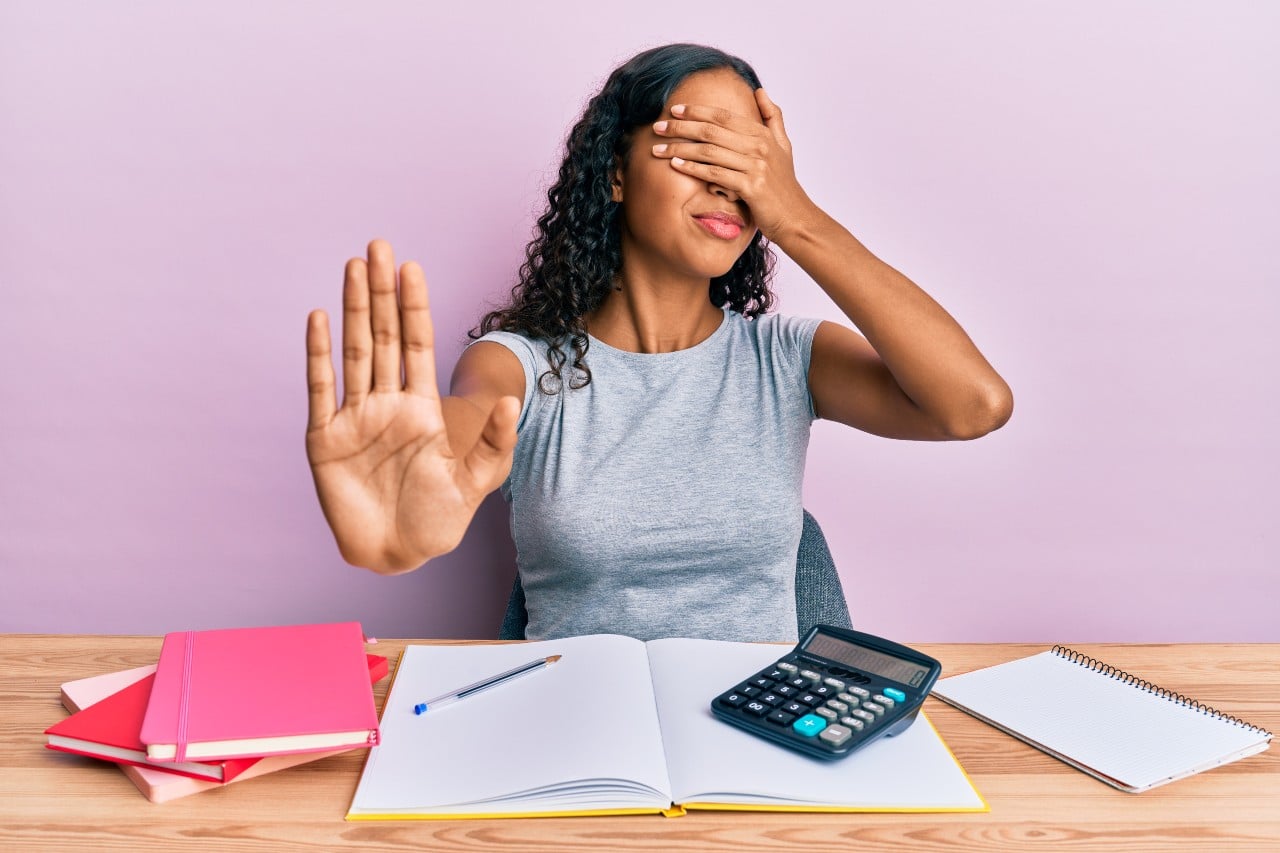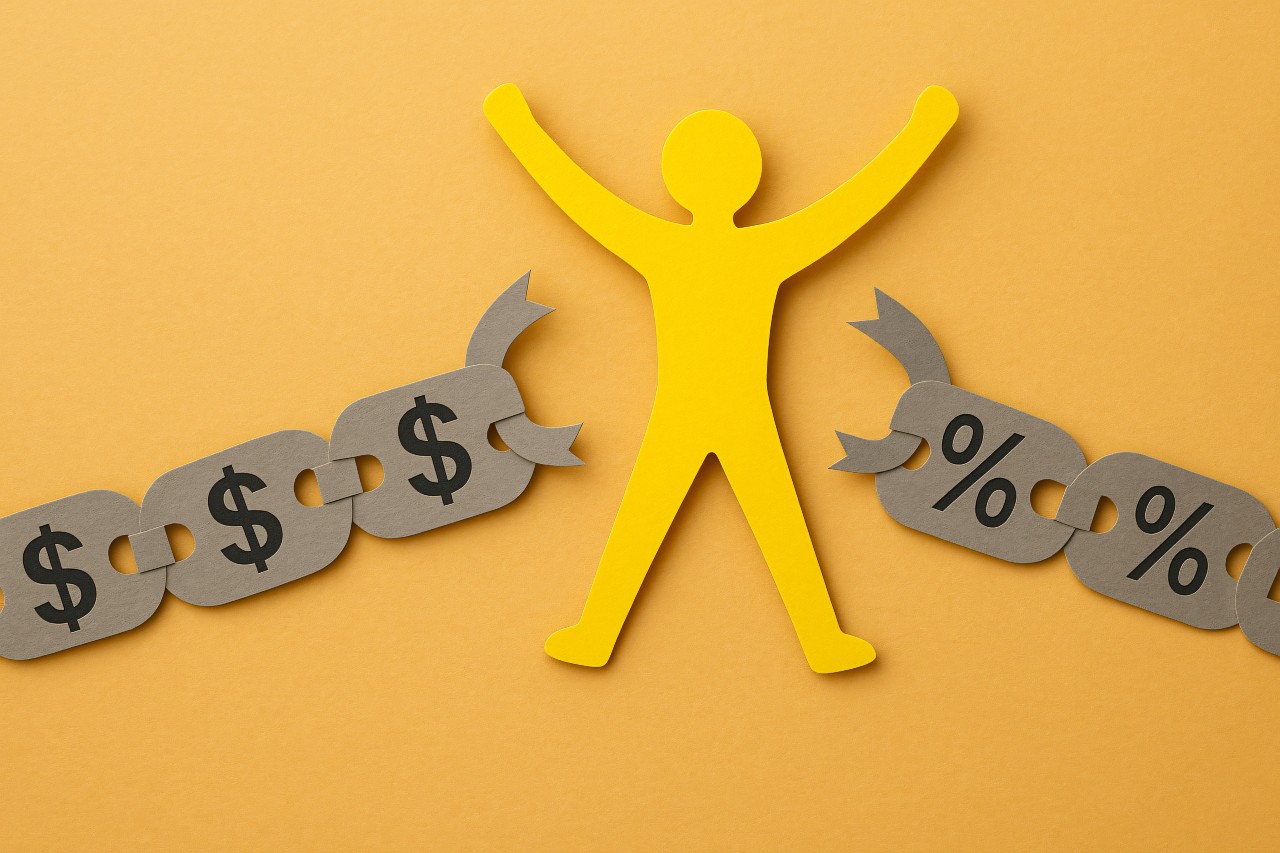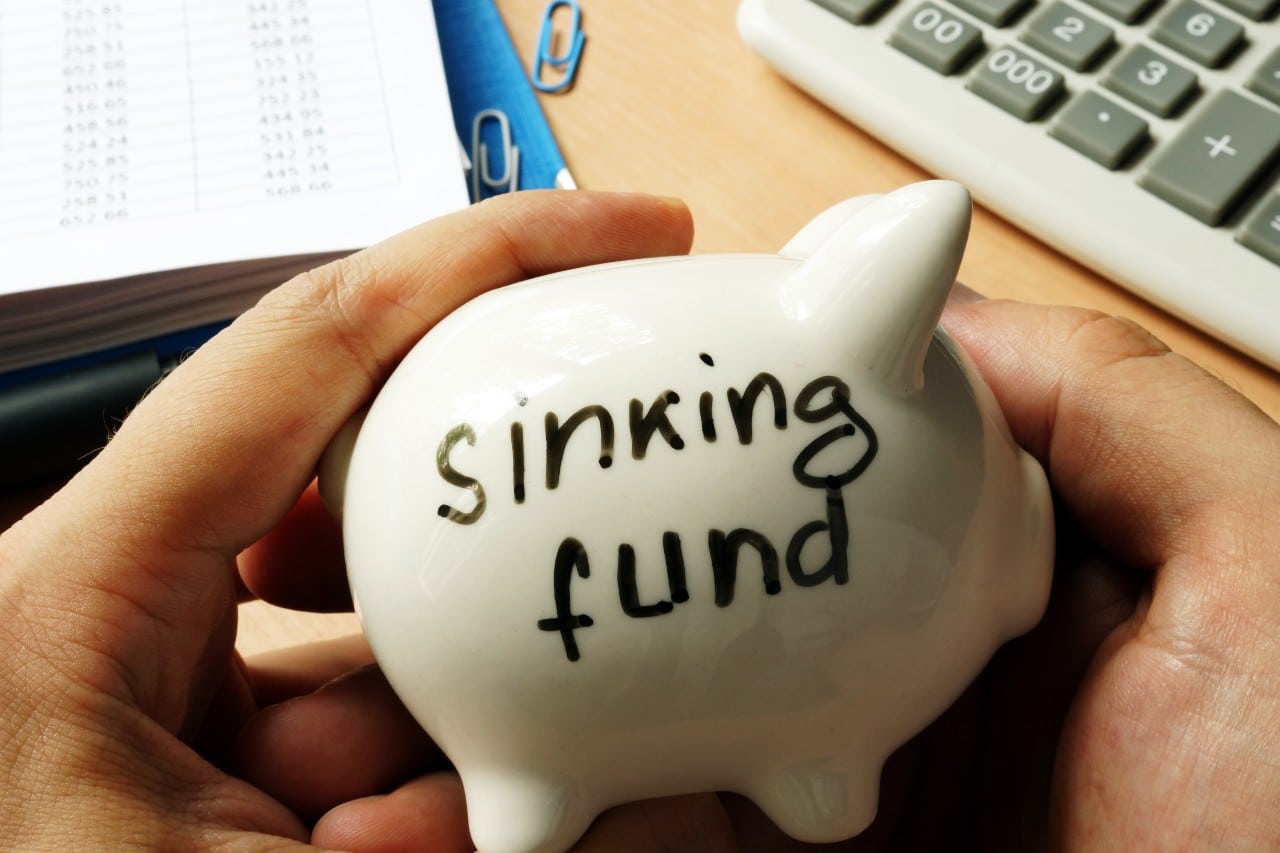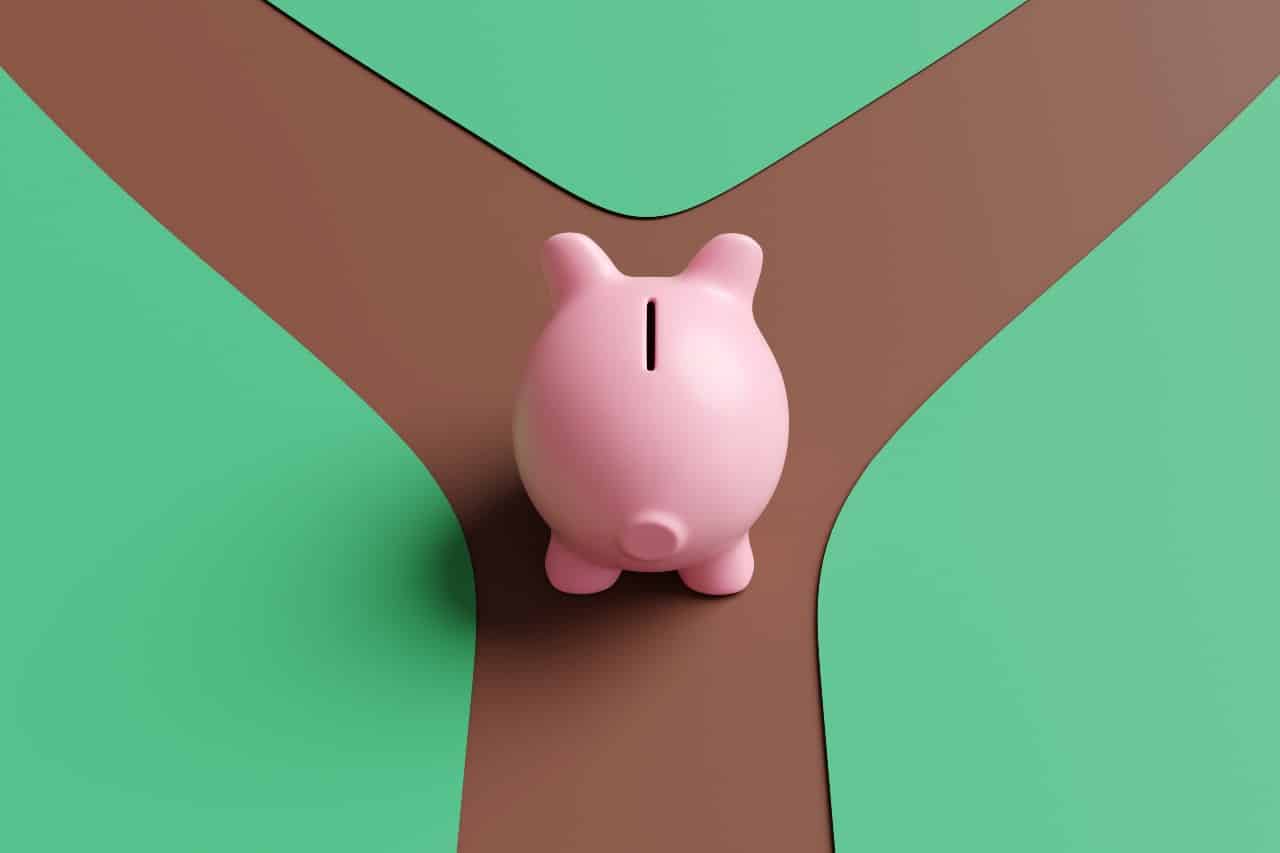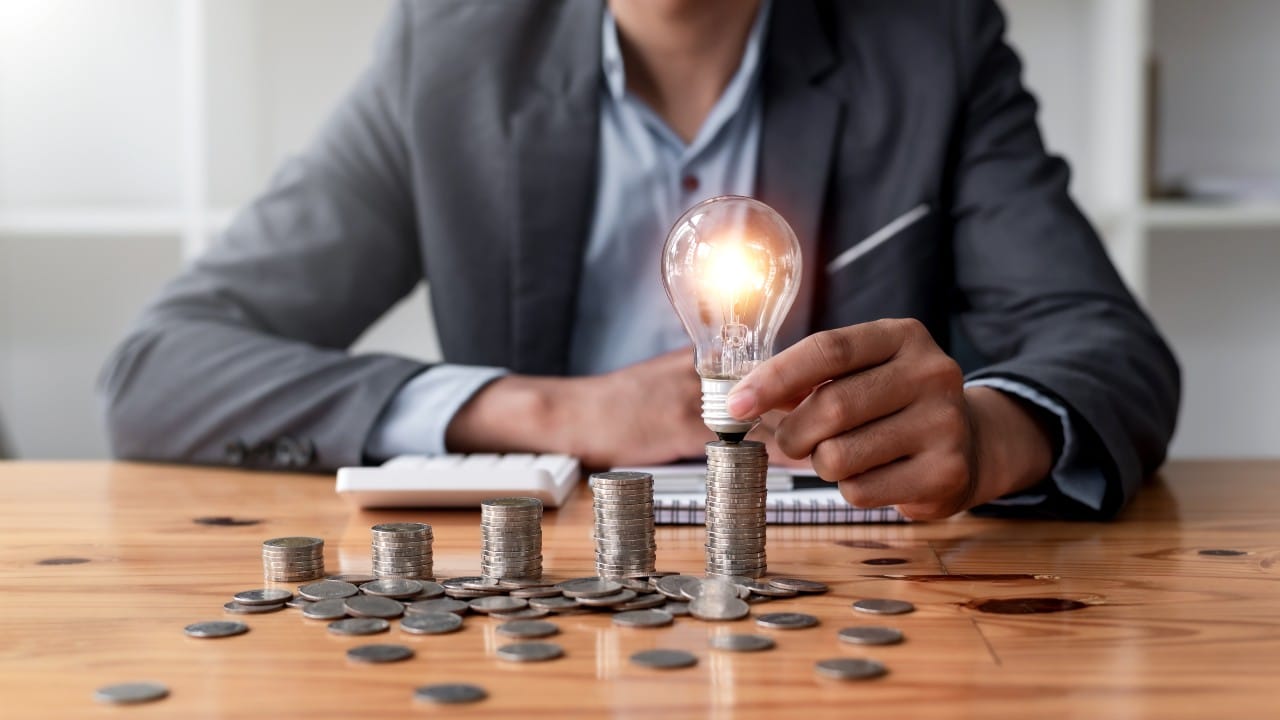The Lipstick Index entered popular culture in the early 2000s. Leonard Lauder, former chairman of Estée Lauder, noticed an uptick in lipstick sales after 9/11. He espoused a theory, stating that sales of affordable cosmetics – like lipstick – see an increase during times of economic downturns. According to Lauder, this change could then be used as an economic indicator or reflection of consumer behaviour.
It still captures public attention, with new products included in this cosmetic calculation over the years. For instance, during the pandemic instead of lipstick, we saw sales of eye makeup increase. Everyone was wearing masks so wearing lipstick went unnoticed.
What is the Lipstick Index?
The concept of the lipstick index was first described by Leonard Lauder, former chairman of Estée Lauder. He noticed a phenomenon where sales of cosmetics increase during times of economic downturns or challenges. This is especially true for affordable cosmetics like lipstick.
The associated theory is that people will choose these lower-cost indulgences over higher-cost purchases like clothes or bags. These small purchases can create a sense of normalcy or a positive psychological boost. This can be especially favoured when larger luxury purchases seem unaffordable which is often the case during economic downturns. Spending styles can change due to a variety of reasons, and economic hardship is a very valid part of it.
Does the Lipstick Index hold up?
Some studies indicate that consumers do opt for cosmetics instead of more expensive items during a recession. For example, the Great Depression in the 1920s and 1930s. Economists at California State University found evidence supporting this during the 2008 recession. Data showed that there was more spending on cosmetics and less on clothing. Lipstick sales also increased by 11% during the 2008 recession.
Follow-up analyses done over the years show mixed results, though most of these lean towards supporting the Lipstick Index theory. It is times of severe recession and economic downturns, however, that lead to declining lipstick sales. The natural interpretation is that the recession reaches a level of severity where people no longer want to spend on small treats either.
The Canadian economy is going through a period of turmoil for the last few years. Many Canadians are personally experiencing the effects of inflation and rising costs. Interestingly, in 2023, Canadian beauty sales increased by 18%, while clothing and footwear sales grew less or even declined.
Development over time
Over the years, other small luxuries have been included and noted too, like skincare and nail polish. Since people were wearing masks through the COVID-19 pandemic, sales of eye makeup shot up instead. This got people online commenting on a “mascara index”. The lipstick index, and associated product options, have made their way into popular culture for sure.
In fact, it ties in very well with the existing “treat culture”, where people choose to indulge in smaller, inexpensive purchases. Whether the purchase is big or small, they all boost endorphins, which give you a happy feeling and minimize stress. This also validates the logic behind the Lipstick Index. Ultimately, people want to feel better, and small ways to practice self-care are a relatively inexpensive way to do that. After all, you still want to be mindful about your purchases, and consequently avoid lifestyle creep.
There is a current theory that suggests that we have reached close to market saturation in the cosmetic industry, especially in developed nations. Since people already have a lot of products, they may not need to stock up, or shop during periods of economic turmoil, which may weaken the index’s predictive power. It remains to be seen how accurate this prediction may be.
Indeed, economists are still not in agreement over the veracity of the Lipstick Index, and whether it can be a reliable predictor of economic conditions and consumer behaviour. Taking into account other products like nail polish or skincare, or the acceptance of “treat culture” as a trend, shows that this index has often been accurate. Observed data and research so far, including research in academia, seem to suggest this index may be true in terms of cosmetics as a whole if not lipstick specifically.
Key takeaways
The Lipstick Index was introduced in the early 2000s by Leonard Lauder. He noticed an increase in lipstick sales after 9/11. His theory was that sales of affordable cosmetics increase during times of economic challenges.
Many subsequent recessions seem to have followed this theory, except in periods of severe recession. In fact, tracking the sales of affordable cosmetics has a fairly accurate success rate as an economic barometer.
Making small purchases does provide a happy boost, and people like to have small wins, especially if everything else is also stretching their dollars to the max. Smaller purchases have the potential to make people feel better, without making a huge dent in their pocket, especially if they’re in debt. If you’re currently dealing with debt, you can contact one of our trained credit counsellors for advice – they can help you figure out which debt relief strategy could be the right fit for your specific situation.

